Yorkshire is a walker’s paradise, offering a diverse array of landscapes and trails across its various regions.
In the North, explore the rugged beauty of the Yorkshire Dales and the dramatic coastline of the North York Moors. The East showcases serene coastal paths and picturesque villages, perfect for those seeking tranquility by the sea.
The South features rolling hills and historic sites, blending natural beauty with rich cultural heritage. Meanwhile, the West is known for its lush valleys, vibrant towns, and the iconic moors that inspired literary greats.
Each region offers unique walking experiences that capture the essence of Yorkshire's stunning scenery and storied past!
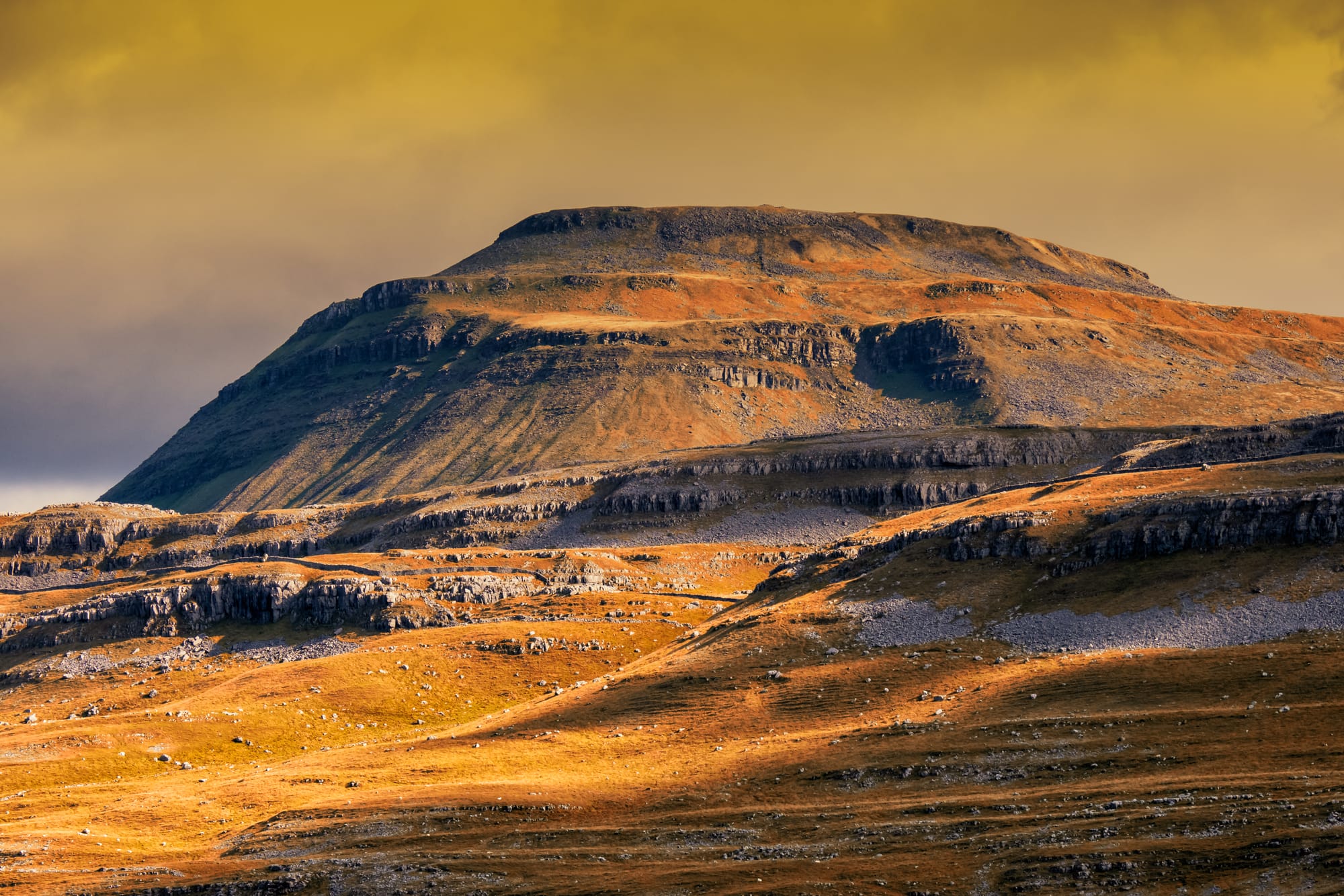
Walks In North Yorkshire
Explore North Yorkshire's diverse landscapes, from the dramatic limestone of Malham Cove to the serene ruins of Fountains Abbey. With trails like the Yorkshire Three Peaks and coastal adventures, each walk promises breathtaking scenery and rich history.
––––––––––
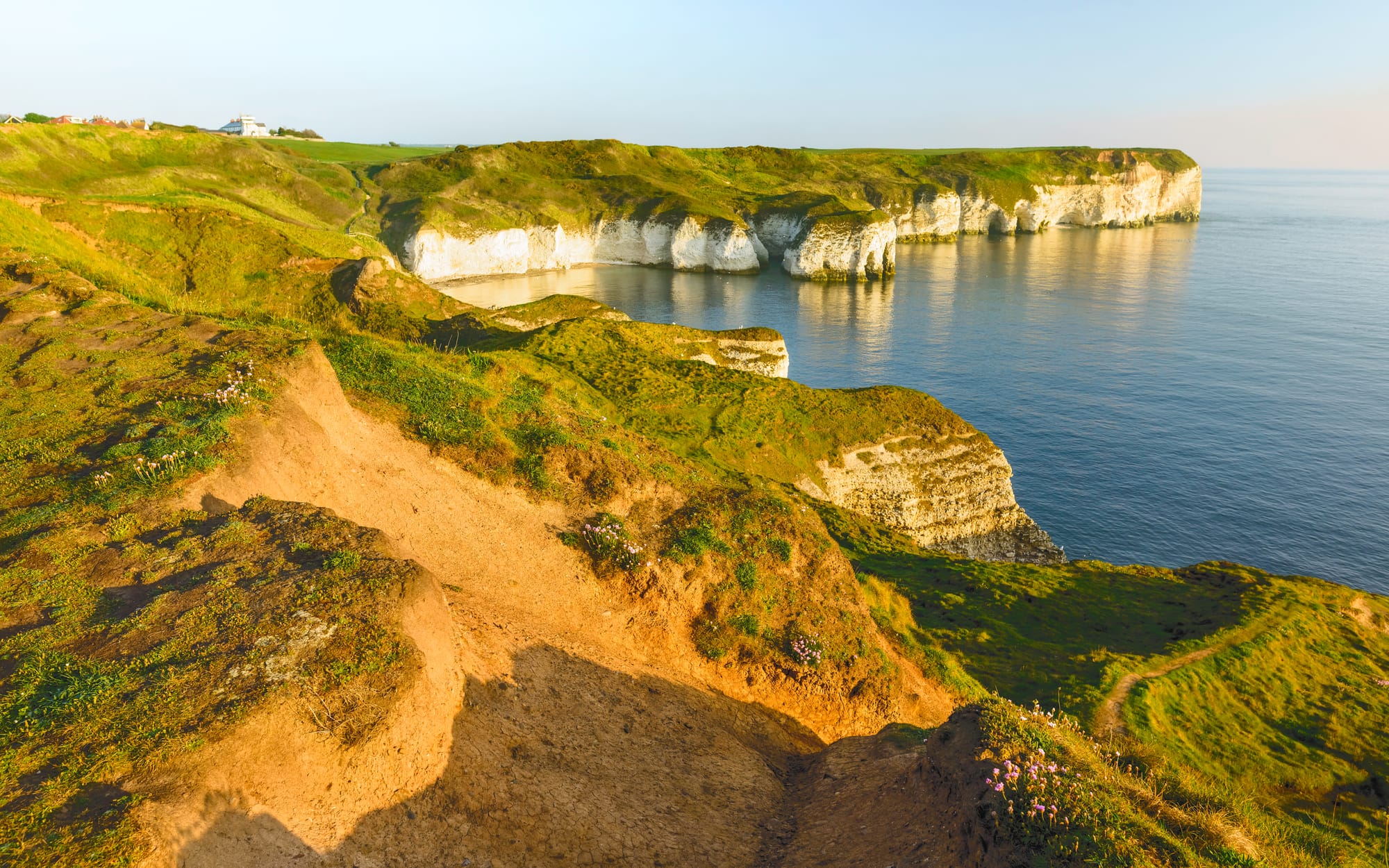
Walks In East Yorkshire
Discover East Yorkshire's captivating coastal cliffs at Flamborough Head, serene woodlands at Millington Wood, and sweeping views along the Yorkshire Wolds Way. Each walk offers a unique blend of natural beauty and historical intrigue.
––––––––––
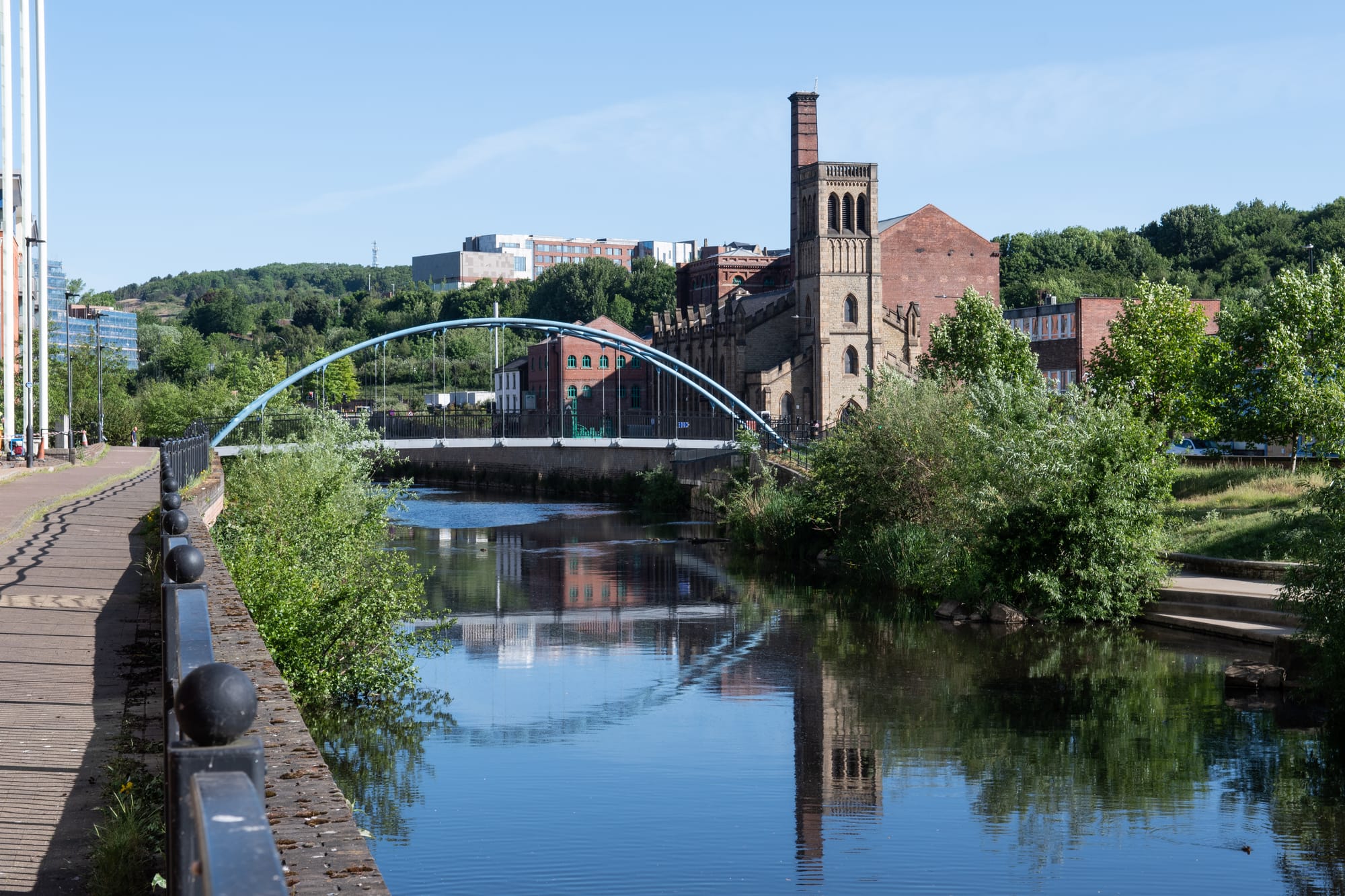
Walks In South Yorkshire
South Yorkshire offers scenic and historic trails, from the rugged Stanage Edge to the picturesque paths of Wentworth Woodhouse. Enjoy serene walks around Rother Valley Country Park and discover diverse landscapes and rich cultural heritage.
––––––––––
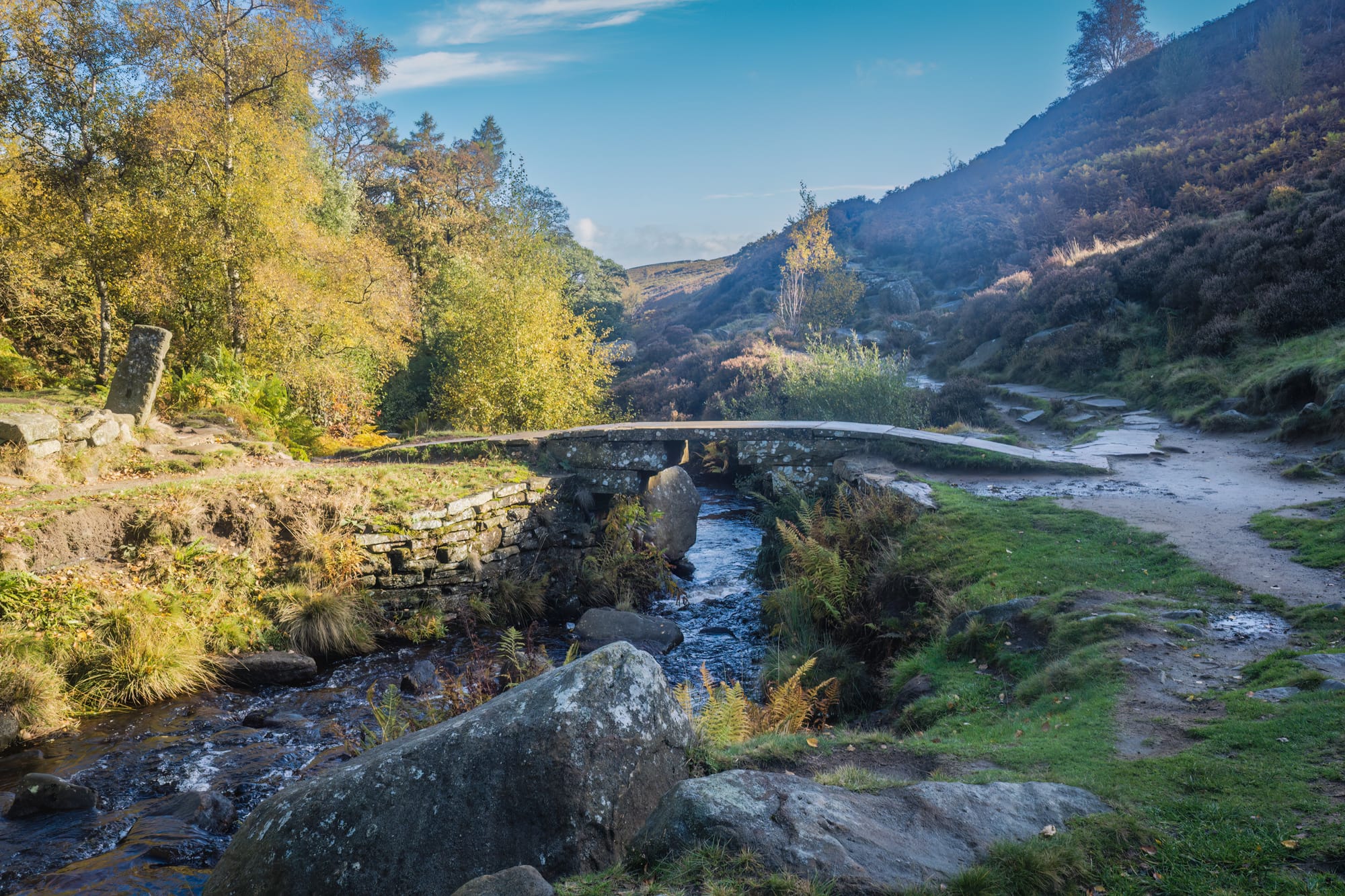
Walks In West Yorkshire
Explore West Yorkshire's diverse trails, from Ilkley Moor's ancient stone circle to the literary landscapes of the Brontë sisters. Discover tranquil reservoirs, dramatic moorland, and vibrant towns steeped in culture and history.
Facts About The Walks In Yorkshire
- The limestone pavement at the top of Malham Cove, formed during the last Ice Age, was a filming location for "Harry Potter and the Deathly Hallows," adding a touch of magical allure to the walk.
- Aysgarth Falls were featured in the film "Robin Hood: Prince of Thieves" and inspired Charles Kingsley to write part of "The Water Babies," making them a scenic spot with a rich cultural backdrop.
- Ilkley Moor is home to the ancient Swastika Stone, a Bronze Age carving, and the mysterious 12 Apostles stone circle, whose purpose remains unknown, adding a sense of historical mystery to your walk.
- Fountains Abbey is one of the largest and best-preserved Cistercian monasteries in England and part of a UNESCO World Heritage site that includes the stunning Studley Royal Water Garden.
- Hebden Bridge, known for its vibrant arts and crafts scene, was historically a textile industry hub, earning it the nickname "Trouser Town." This blend of history and culture makes it a unique destination.
- The Ingleton Waterfall Trail features Thornton Force, a waterfall that exposes rock layers over 330 million years old, providing a geological marvel alongside its natural beauty.
- Hardraw Force is England’s highest single-drop waterfall at 30 meters, and combined with the climb up Great Shunner Fell, it offers both scenic and adventurous appeal.
- Near the summit of Buckden Pike is a memorial cross dedicated to a Polish bomber crew from WWII, adding a poignant historical element to the stunning views over Wharfedale.
- The Ribblehead Viaduct, an engineering marvel with 24 arches, was completed in 1874 and is surrounded by remnants of workers' camps and construction sites, making it fascinating for history buffs and engineers alike.
- Brimham Rocks, with unusual rock formations like Idol Rock and the Dancing Bear, have been shaped by millions of years of natural erosion. Managed by the National Trust, the site offers stunning views of the Nidderdale Area of Outstanding Natural Beauty.
Gallery
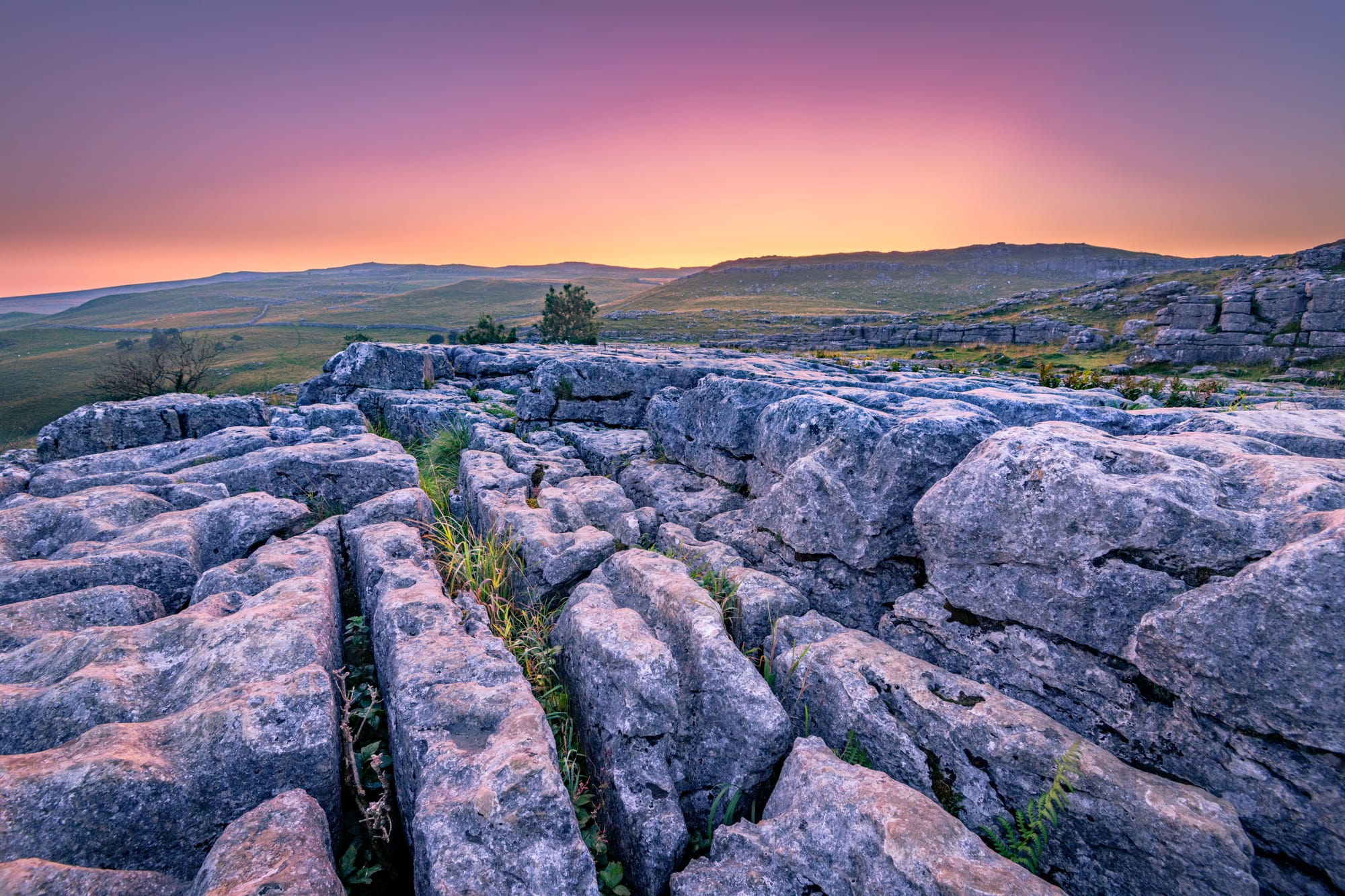
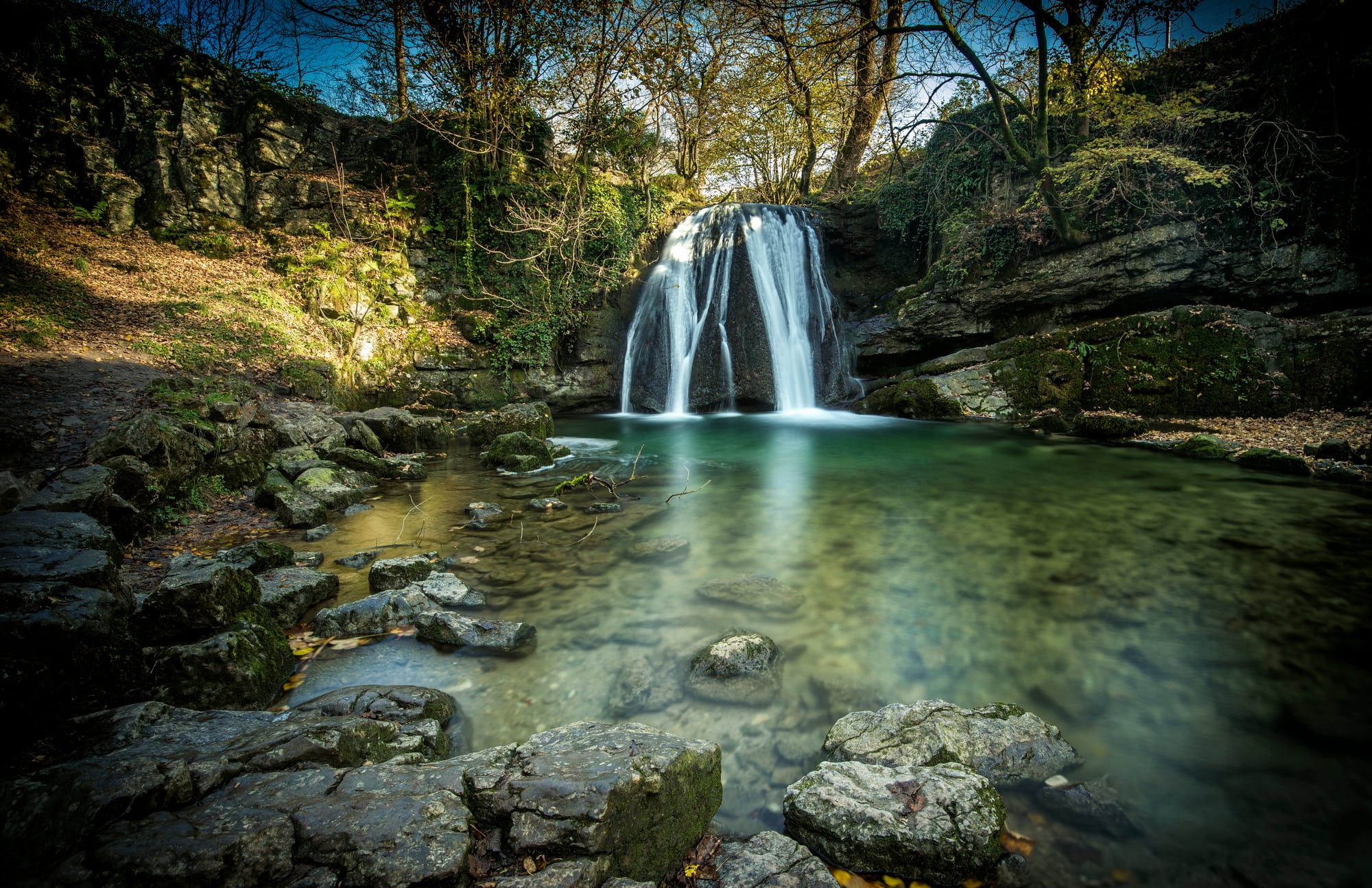

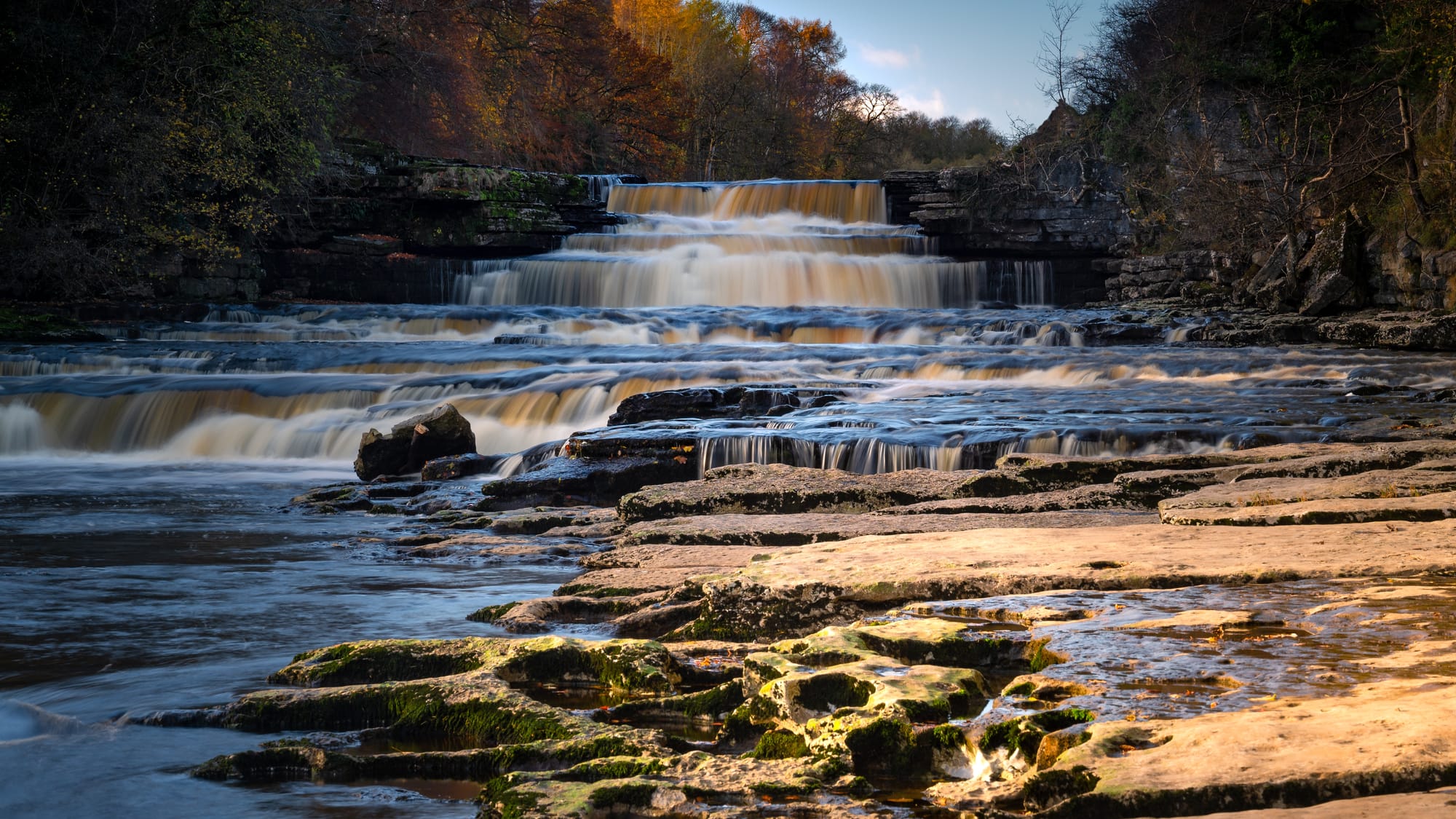
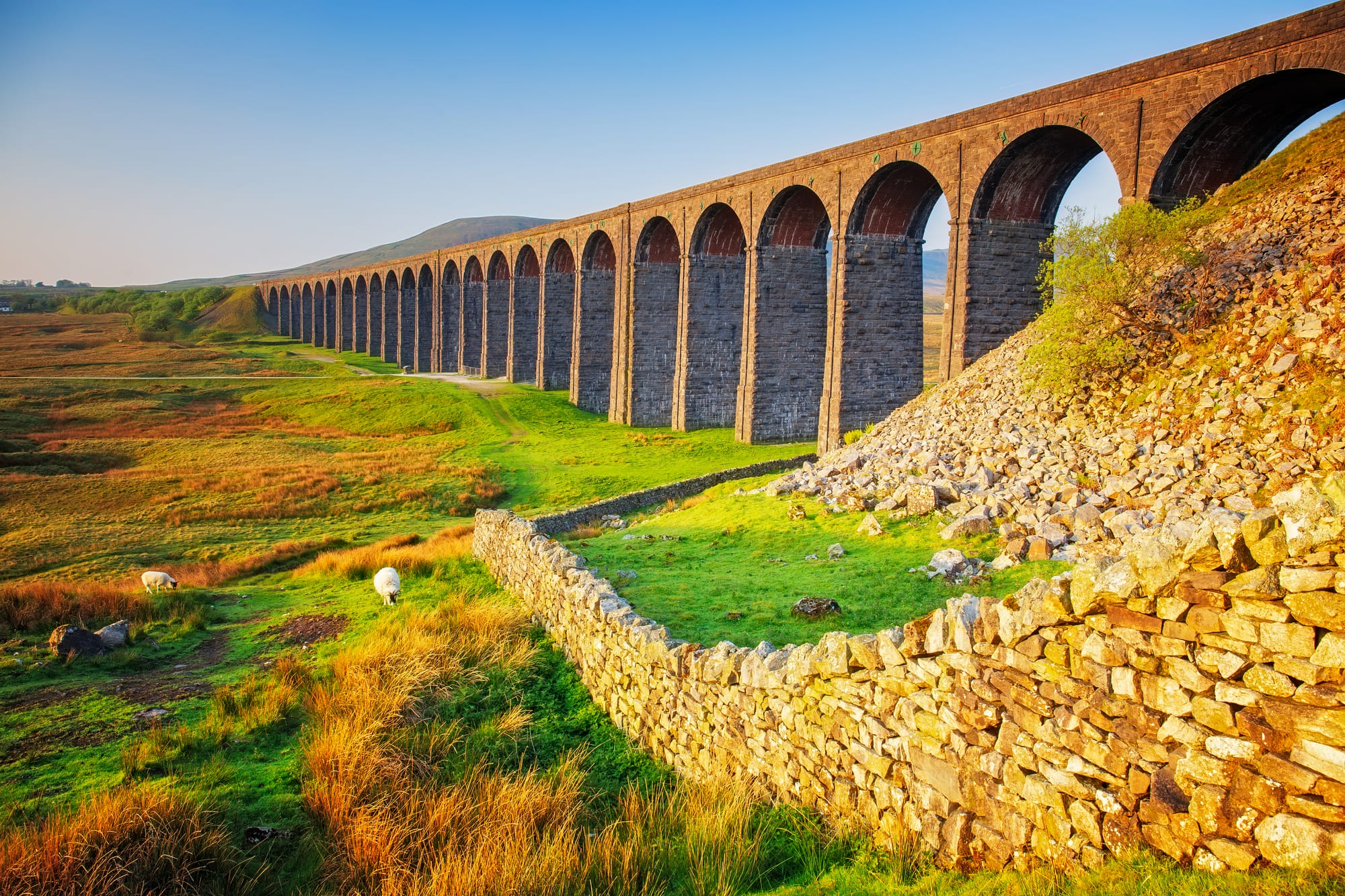
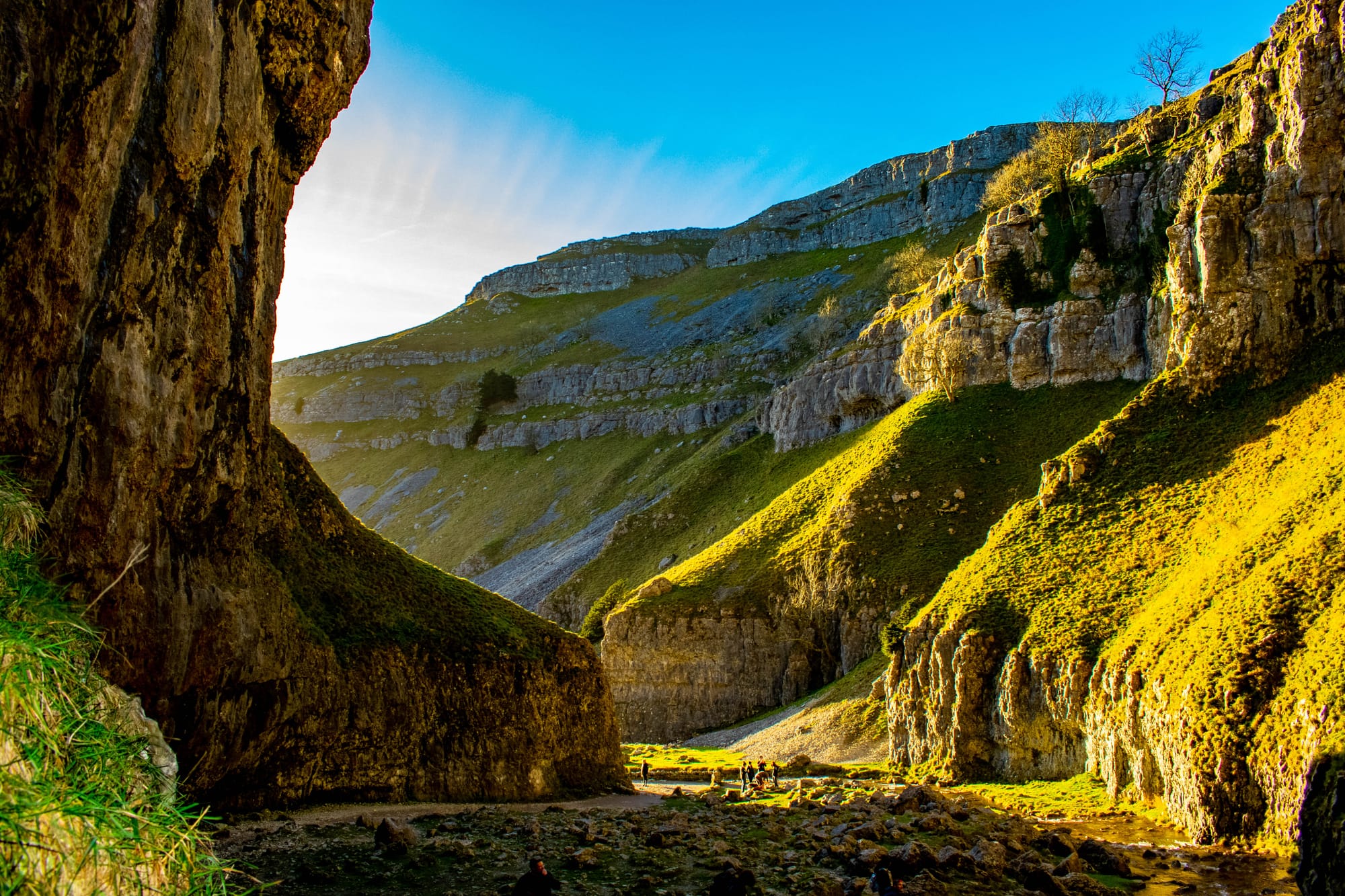
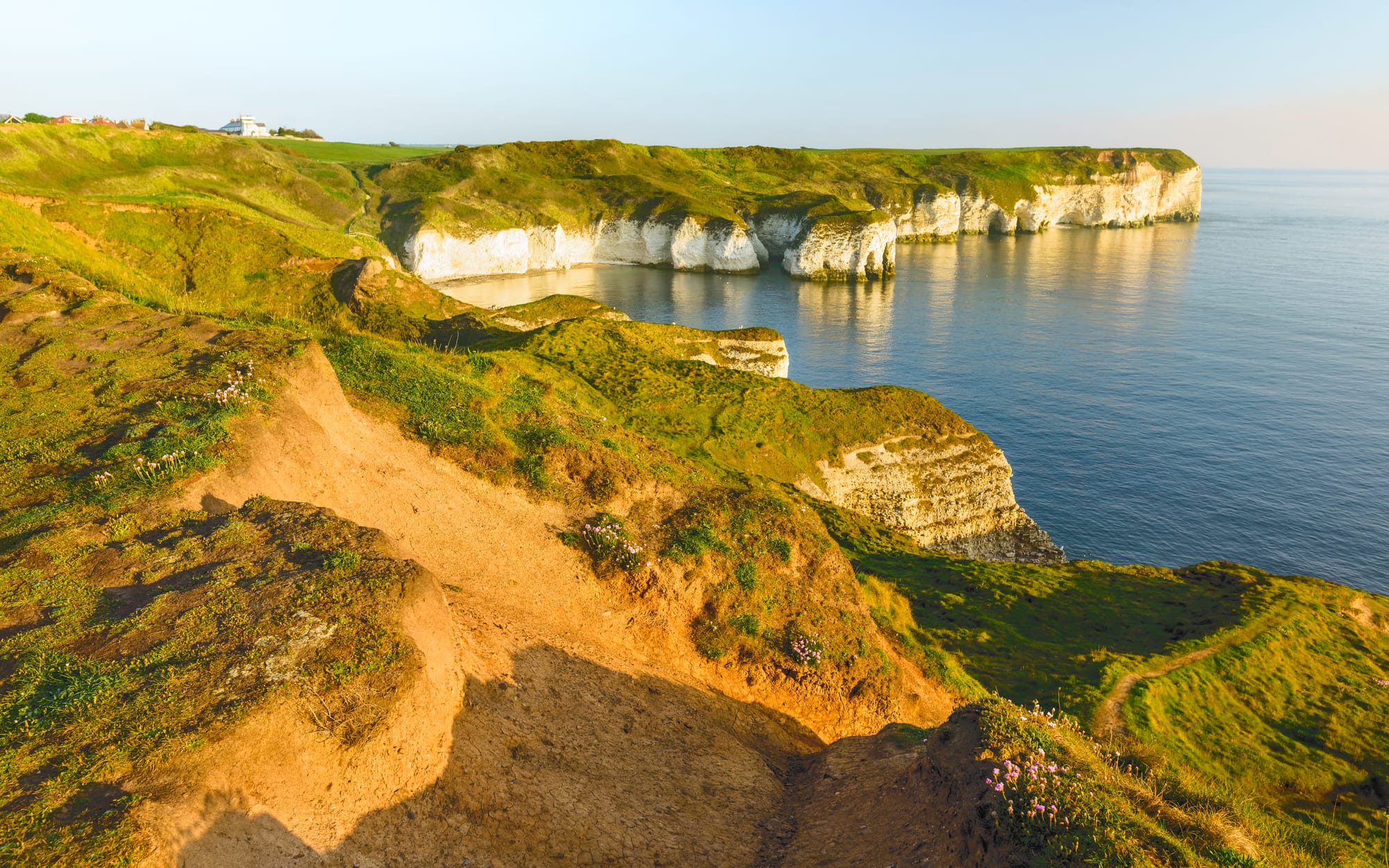
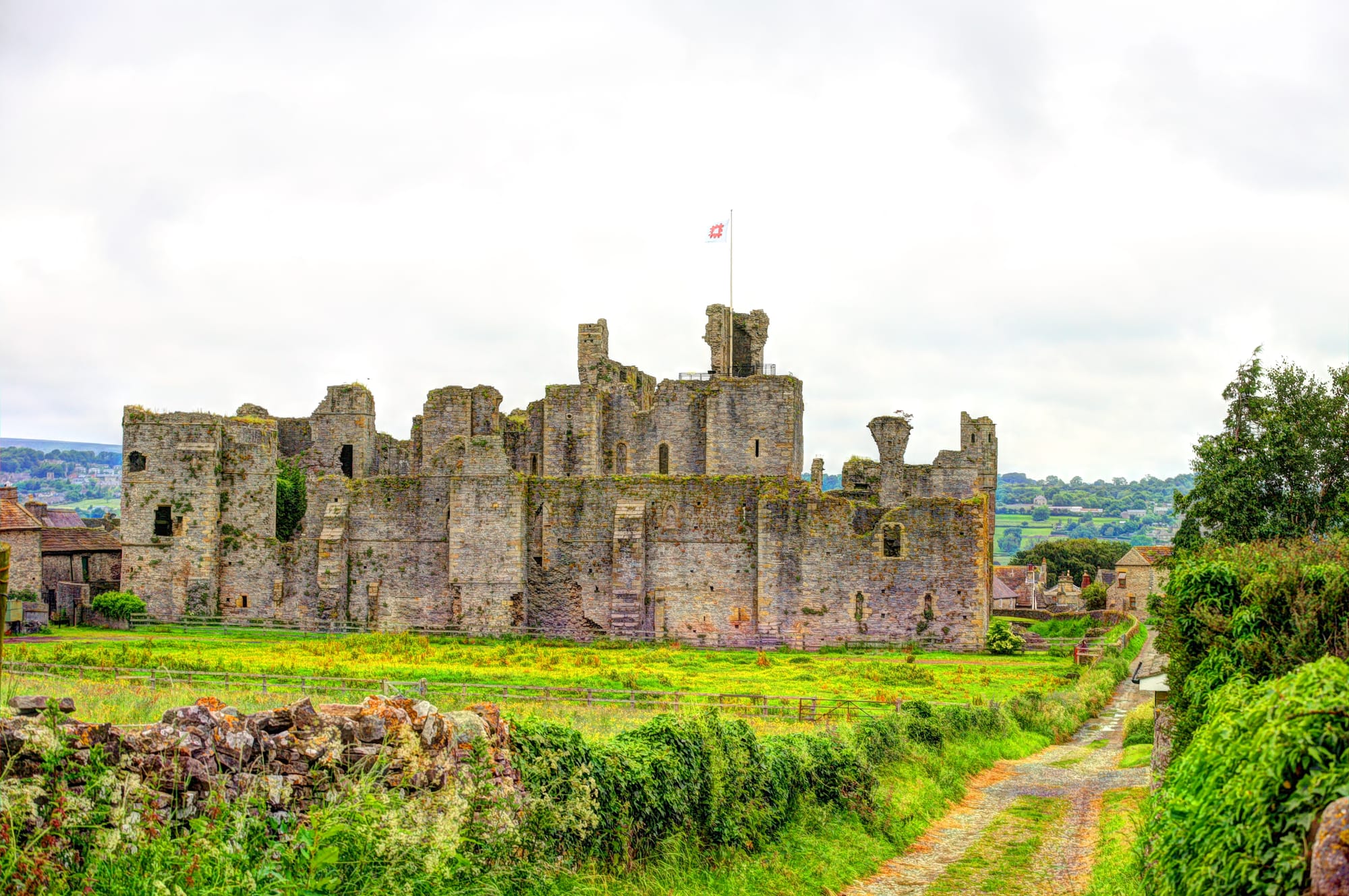
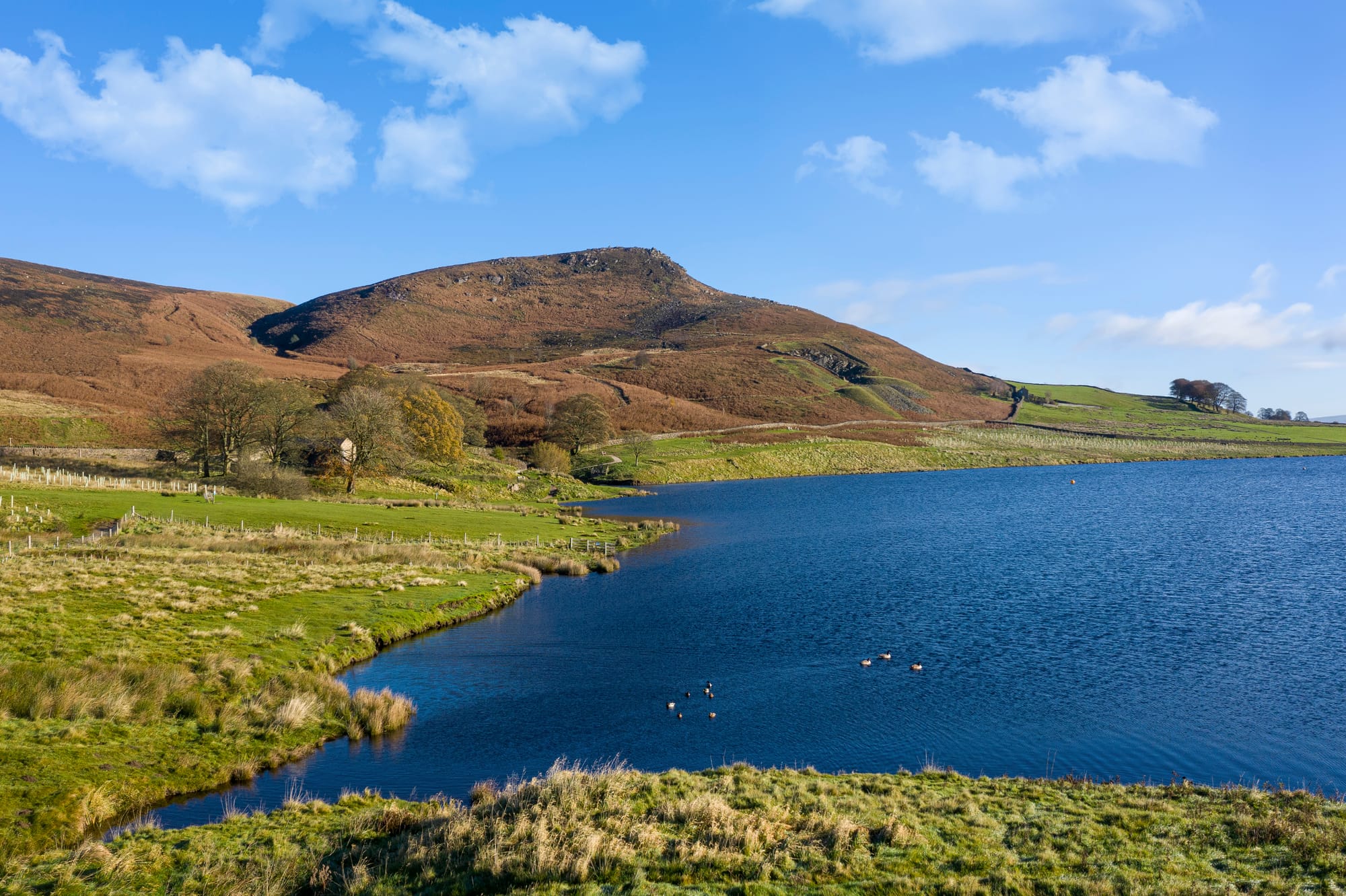
Frequently Asked Questions
What is the best time of year to walk in Yorkshire?
The best time to walk in Yorkshire is from late spring to early autumn. These months offer favorable weather, longer daylight hours, blooming wildflowers, and stunning autumn foliage.
Do I need to bring a map for walks in Yorkshire?
Yes, bringing an Ordnance Survey map is highly recommended. While many routes are signposted, having a map ensures you can navigate safely, especially in remote areas where mobile signals may be unreliable.
Are there any guided walks available in Yorkshire?
Yes, there are numerous guided walks, especially for popular routes like the Yorkshire Three Peaks. Guided tours are great for those unfamiliar with the area or who prefer group walking.
Where can I park for walks in Yorkshire?
Parking availability varies by location. Popular starting points like Malham Cove and Haworth have designated car parks. It's advisable to check local parking facilities beforehand and consider public transport options.
Can I bring my dog on walks in Yorkshire?
Yes, many walks in Yorkshire are dog-friendly, but keep dogs on a lead, especially during lambing season and in areas with wildlife. Always check trail guidelines before you go.
What should I wear and bring for a walk in Yorkshire?
Wear sturdy walking boots with good grip, a waterproof jacket, and layered clothing. Bring water, snacks, a first aid kit, and a fully charged mobile phone. For longer walks, carry a map, compass, and GPS device.
Are there any accessible walks in Yorkshire?
Yes, there are accessible walks like the pathways around Swinsty and Fewston Reservoirs, which are generally flat and well-maintained, suitable for wheelchairs and prams.
Is it safe to walk alone in Yorkshire?
Yes, but take necessary precautions such as informing someone of your route, carrying a map and compass, and being aware of weather conditions. Consider walking popular routes or joining a group for added safety.
Are there any historic sites to visit on these walks?
Yes, many walks pass by historic sites like Fountains Abbey, Middleham Castle, and Jervaulx Abbey. These sites provide a glimpse into Yorkshire’s rich history and are worth visiting.
How do I get to the starting points of these walks?
Many starting points are accessible by car with parking nearby. Public transport options, like buses and trains, are available for locations such as Hebden Bridge and Haworth. Check local transport schedules to plan your trip.
